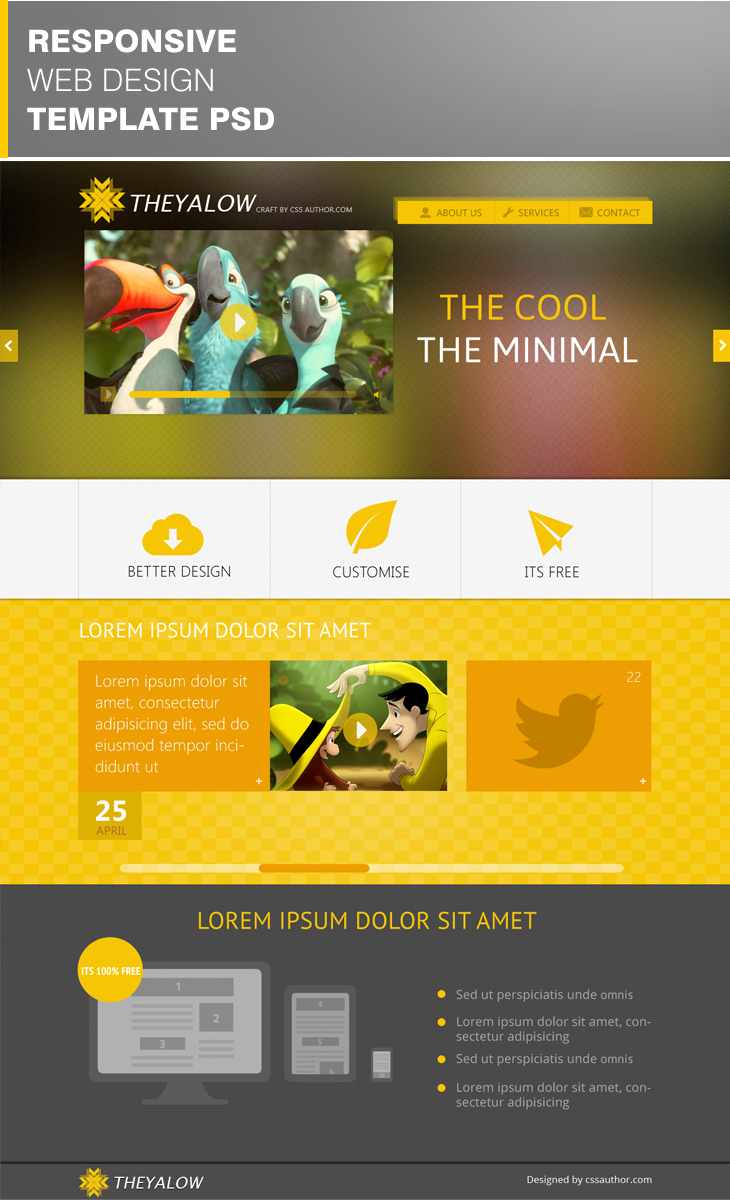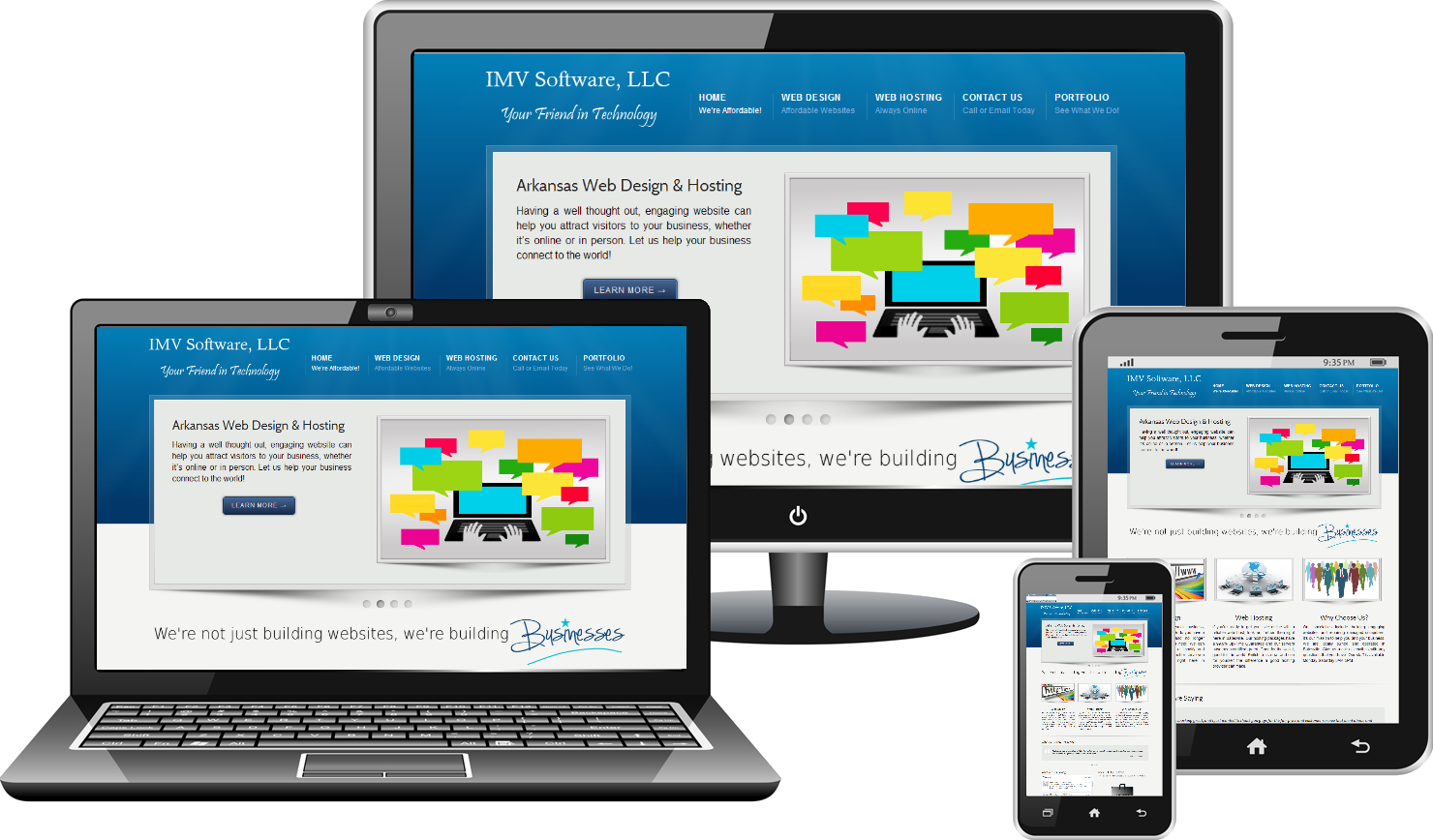

- #Website responsive layout full#
- #Website responsive layout android#
- #Website responsive layout code#
The standard rule for CSS is to apply a max-width property to all images. These are also the biggest culprits when it comes to layouts breaking out of the box model. Mobile users may not be looking to stream videos, but photos are a whole different story. Images are another important facet of practically every website. Note that even if you disable the zoom functionality, a good, responsive design will still adapt when transitioning from portrait to landscape on any device! But it makes sense to lock a responsive design and remove the generic scaling options.
#Website responsive layout full#
This will lock the design into one size based on the full device width. The last value for user-scalable will remove this zoom functionality altogether so the user cannot resize the layout. The initial-scale value is important as this defaults your website to a full 100% zoom. Apple has a documentation page regarding a few other meta tags you should look into, although these are geared specifically toward websites on iOS. This is known as the viewport meta tag which sets up some custom variables within the content.
#Website responsive layout android#
There is a special meta tag you can append into the document header, which resets this in most Android and iPhone devices. Specifically, images and navigation content may appear small or too large in your layout. This is for the user’s convenience since most websites do not have a mobile counterpart thus the full layout is the safest bet.īut when you get into building a responsive mobile design, the auto-zoom can really mess up your layout elements. If you have spent any time browsing the Web on a smartphone, you’ll notice how websites are scaled out to fully display within the screen. I would shoot for a minimum width of 240px, or even smaller if you can fit it. Older iPhone models use a 320×480 display resolution which isn’t so unbelievable. But you can target a majority based on the average width of the screen. You won’t likely get your website working 100% on every single device running every browser. Google Analytics traffic data can be very helpful for this. The only research you’d need to perform is planning for the smallest possible display screen. Both desktop and mobile users will be offered a similar experience and you won’t need to worry about external CSS properties.

#Website responsive layout code#
Since you can predetermine the pixel density, it’s easy to revamp any HTML template for mobile.īut when you code a layout for responsive design, the mobile aspects are taken care of by default. Media queries in CSS3 can be used to build iPhone-specific layouts for both portrait and landscape views. When you start coding for specific screen resolutions, you end up with too many stylesheets to deal with. The only problem is choosing your method of development and targeting your audience appropriately. Designing for mobile is certainly a requirement in modern-day web standards. Tablet PCs have begun to change in context when users are online in the classroom. It has become evident that more users are going mobile, and not just for on-the-go web browsing either. Larger websites also respond well to removing dynamic content, such as JavaScript, when it’s not supported. The width is set in CSS using percentages for mostly all of the internal container elements. I’ve found the perfect example from ‘A List Apart’ to illustrate my point, which also includes dynamic images. Responsive design is all about creating a homogeneous experience regardless of the browser or device screen size. From a usability perspective, this is a brilliant technique. A responsive web design layout will feature schemes and a layout that gracefully breaks down and reinvents itself. Imagine this scenario: you’re reading a website on one tablet, then you switch to another device for one reason or another. When I use the word “responsive” in terms of web design, I mean that the entire layout responds based on the user’s screen resolution. Consider my examples below for how responsive web design can make the transition into mobile devices a smoother one. With such a fluid design scheme, there are obvious benefits and drawbacks. It offers more than just a simple mobile template instead, your entire site layout is designed to be flexible enough to fit into any possible screen resolution. In light of this, responsive web design could be the best solution.


We not only have to design for stationary devices, but also mobile devices like tablets and smartphones, and since we are talking about a lot of different screen sizes and resolutions here, it’s a huge task to shoulder. Designers have it tougher now than before.


 0 kommentar(er)
0 kommentar(er)
